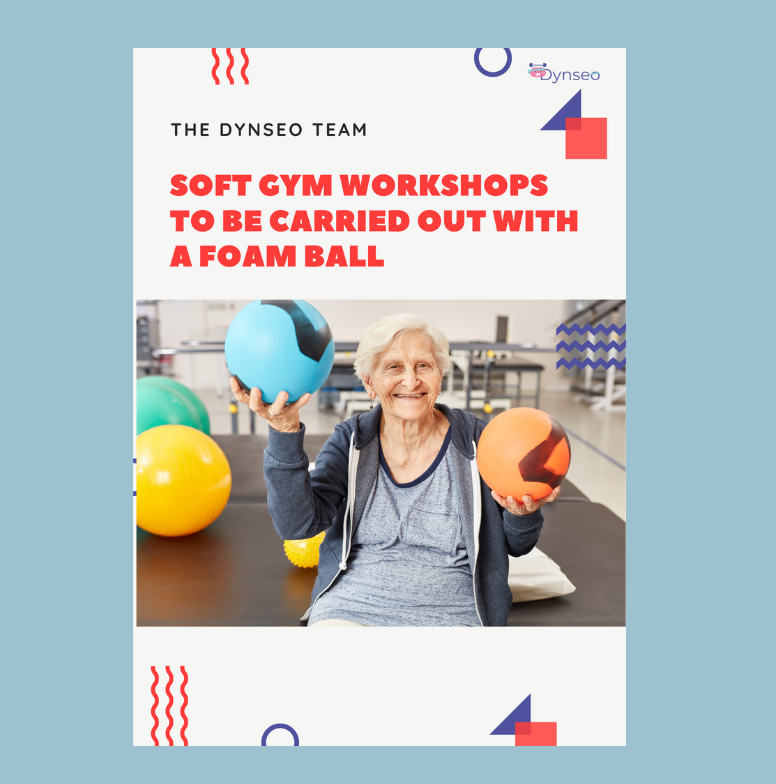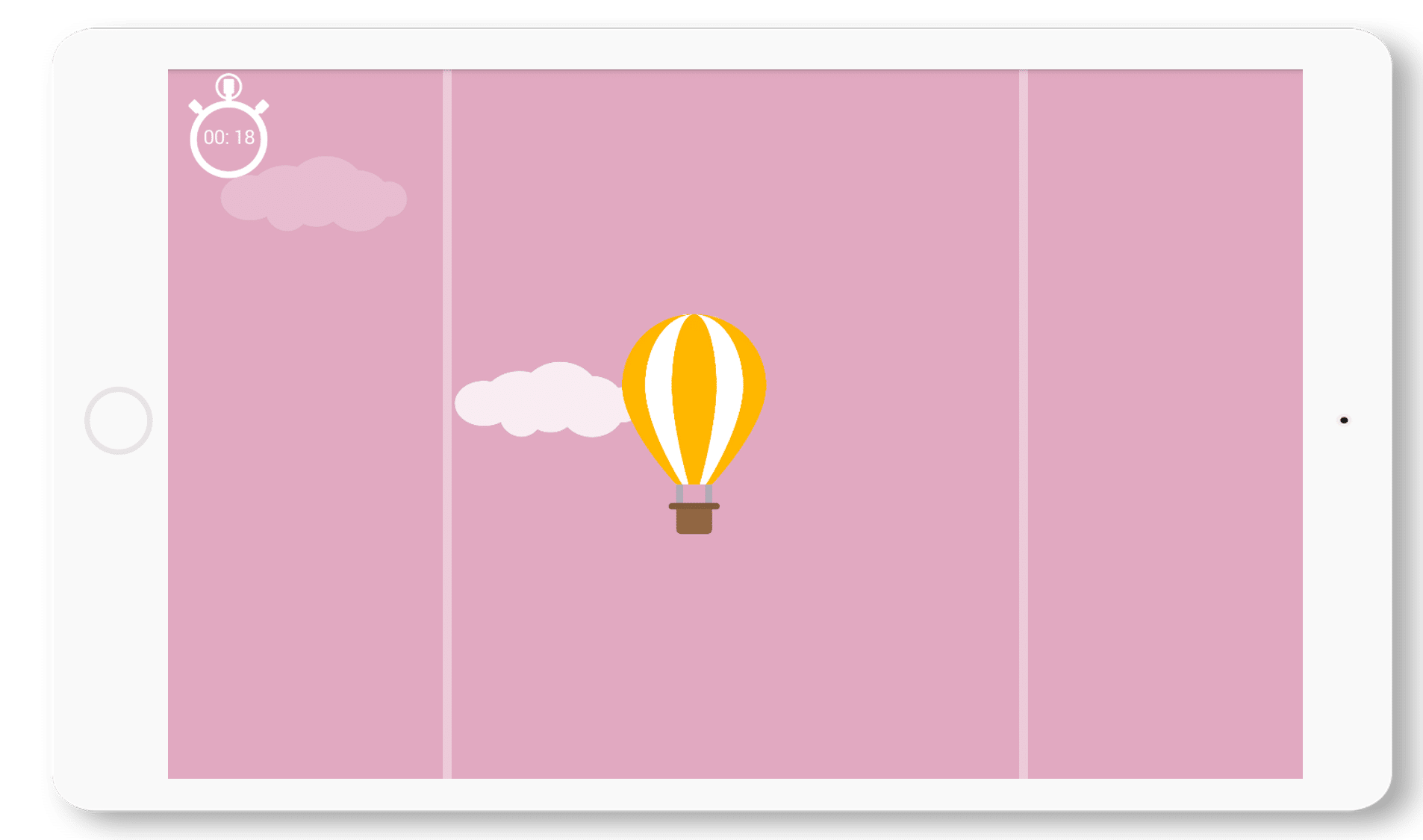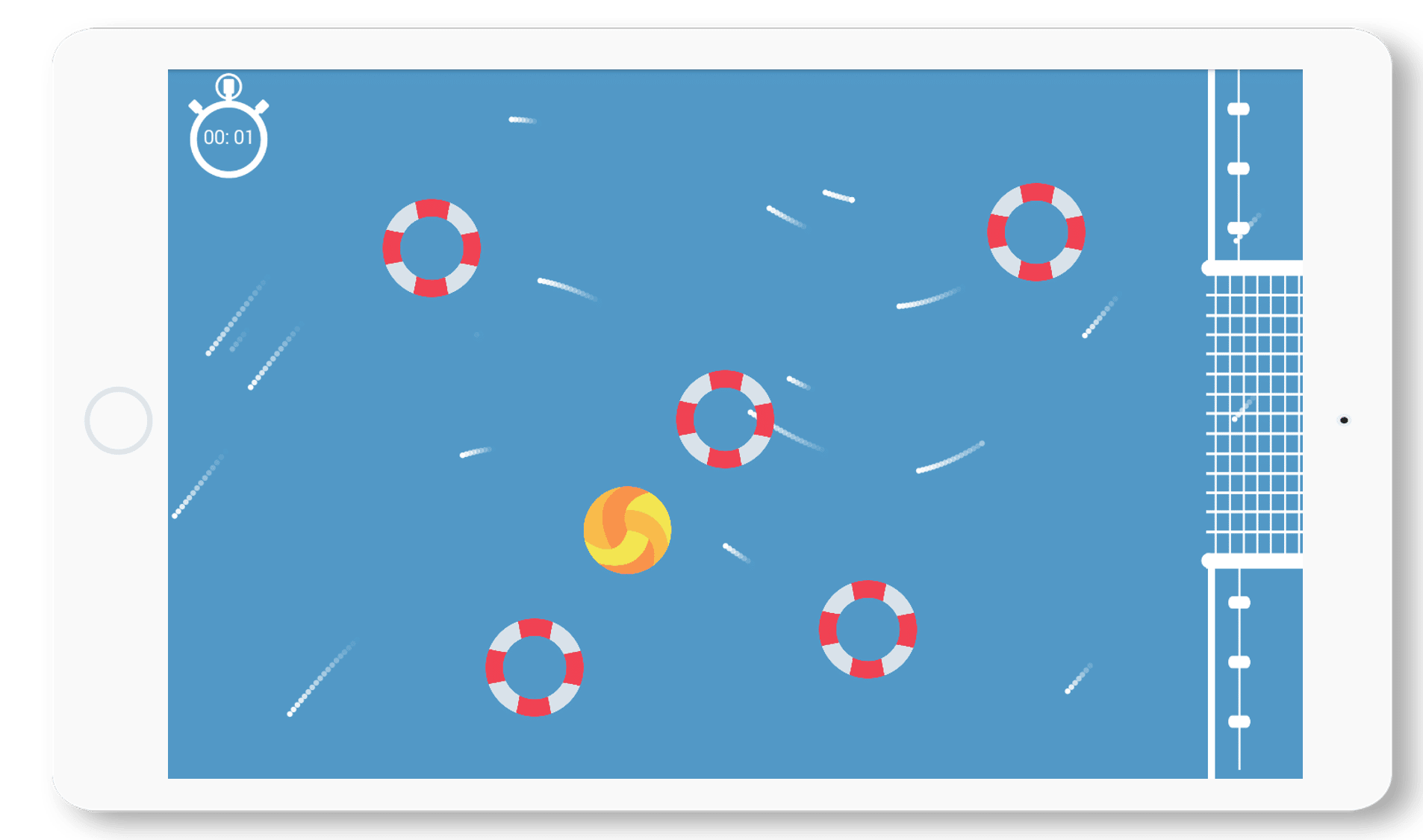The benefits of adapted gentle exercise
Adapted gentle gymnastics offers a multitude of benefits for residents and patients in facilities for the disabled, contributing to their physical and mental well-being. Here is an overview of the benefits of this practice, well adapted to the specific needs of this audience:
- Improving mobility and flexibility: Adapted gentle exercise focuses on soft, progressive movements to increase joint mobility and muscle flexibility. For people with disabilities, these gentle exercises are essential to prevent stiffness and maintain a full range of movement.
- Gentle muscular strengthening: Thanks to targeted exercises, adapted gentle exercise strengthens muscles while minimizing the risk of injury. This can improve stability, balance and independence in daily activities, such as getting up, walking or using a wheelchair.
- Stress and anxiety management: Exercise releases endorphins, the “happy hormones” that help reduce stress and anxiety. For people with disabilities, who can face considerable challenges, adapted gentle exercise becomes an effective way of promoting better mental health.
- Promoting socialization: Adapted gentle gym sessions are often run in groups, giving participants the opportunity to socialize and bond. This helps to break the social isolation faced by many people with disabilities.
Implementation in Centers for disables
Introducing adapted gentle gymnastics in centers for the disabled requires a well-thought-out approach and adequate resources. Here’s an overview of the key steps for successfully integrating it:
- Staff training: The first crucial step is to train disabled facility staff to understand the specific needs of residents and patients. It’s essential that adapted soft gym instructors have a thorough knowledge of the different types of disability and the adaptations required.
- Tailoring exercises to individual needs: Every disabled person is unique, and their exercise needs vary. Adapted gentle gymnastics programs need to be personalized to take account of individual abilities and limitations. This can include specific exercises for wheelchair users, adaptations for people with mobility problems, etc.
- Equipment required: Facilities for the disabled must ensure that they have the necessary equipment to run adapted gentle gym sessions. This can include floor mats, elastic bands, exercise balls and other suitable equipment.
- Regular sessions and follow-up: Consistency is the key to success. Organizing regular sessions of adapted gentle exercise and monitoring participants’ progress is essential. This produces tangible results and keeps participants motivated.
Introducing adapted gentle gymnastics in facilities for the disabled requires an investment of time and resources, but the benefits for residents’ physical and mental health are well worth it. This section highlights the importance of organization and personalization in ensuring the success of this beneficial practice.
Foam ball exercises
Foam balls are versatile and safe tools for adapted gentle exercise. They can be used to improve strength, balance and coordination. Here are a few simple exercises you can do with a foam ball:
Pincer Exercise
-
- Hold the foam ball in your hand.
- Press gently and release the pressure alternately with each hand.
- This exercise strengthens hand dexterity.
Throwing and catching
-
- Sitting or standing, toss the foam ball into the air and catch it.
- This improves hand-eye coordination, responsiveness and strengthens arm muscles.
Rolling the Ball
-
- Place the ball between your palms.
- Roll the ball gently back and forth.
- This exercise promotes hand-arm coordination.
Feet and Ball
-
- Place the ball on the ground.
- Use your foot to roll the ball backwards and forwards.
- This strengthens leg muscles and improves balance.
- Throwing Target:
- Hang a target (such as a large sheet of paper) on the wall.
- Throw the foam ball at the target.
- This promotes precision and coordination.
For a more structured follow-up to these exercises, you can download a free worksheet by following this link [insérer le lien de téléchargement]. This worksheet includes detailed instructions and space for recording progress. It can be used by adapted gentle gym instructors and participants to plan and monitor their exercise sessions in an organized way.
Ask for the free foam ball exercise sheet
Group activities with a foam ball :
Organizing group activities with a foam ball can reinforce the sense of community and interaction between residents. Here are some ideas:
Precision throwing game :
Residents can divide into teams and play a friendly game of precision throwing, aiming at a basket or target.
Relay with the ball :
Organize a relay where residents pass the foam ball from one to the other to improve coordination and communication.
Group exercises :
Create group exercise routines using the foam ball as a prop to add variety and fun to your workout.

USE THE ROLLING BALL APP, A TABLET APPLICATION THAT TRAINS ATTENTION AND FINE MOTOR SKILLS
The Rolling Ball app is our tablet application for fine motor skills. The tablet is used as a balance support to move the ball around the screen. La Bille qui roule is a set of complementary exercises for the functional rehabilitation of people with movement and coordination disorders (Parkinson’s, apraxia, dyspraxia…).
Several exercises are available:

FOLLOW THE LINE
You can choose from several routes to follow with the ball.

KEEP IT AT THE CENTER
The aim of the game is to keep the ball in the center of the screen for an allotted time.

STAY IN THE CIRCLE
You have to keep the ball inside the moving circle.

CHASE THE CIRCLES
The aim is to pass the ball through the circles that appear on the screen.

WIND RESISTANCE
The aim is to stay in the middle zone as long as possible.

GO BACK UPSTREAM
The aim is to reach the goal as quickly as possible while avoiding obstacles.
Other articles that might interest you:
How Parents Can Contribute to Teacher Training
As we delve into the realm of education, it becomes increasingly clear that teacher training is not merely a...
Differentiated Instruction Approaches: Training and Practical Application
Differentiated instruction is a pedagogical approach that recognizes the diverse needs of students in a classroom. It...
Key Skills Teachers Need to Support Students with Special Needs
As we embark on our journey to support children with special needs, it is essential for us to cultivate a deep...







